While aesthetically beautiful, classic cars have a reputation for being unreliable and bad for the environment. That’s why companies like UK-based Lunaz are converting these old automobiles to electric vehicles (EVs). It says it can give cars like this 1950s Rolls-Royce Silver Cloud a new lease on life, while making them easier to maintain and use. Look through the gallery to see more electrifying classic car conversions.
Courtesy Lunaz
In addition to replacing the combustion engine with its own electric powertrain, Lunaz strips the car and rebuilds it — as it did with this Jaguar XK120 and Bentley Flying Spur — to add bespoke modern amenities such as air conditioning and heated seats. Courtesy Lunaz
Founded in 2018 by David Lorenz and Jon Hilton, the company’s initial offerings are focused on converting iconic British brands and models — such as this classic Range Rover. According to Lorenz, renovations take thousands of hours, and cost upwards of $250,000. Courtesy Lunaz
In October 2021, Lunaz announced limited production slots to convert the classic Aston Martin DB6 car, starting at $1 million, and invited commissions for the rare DB4 and DB5 models — James Bond’s car of choice. Courtesy Lunaz
London Electric Cars is another UK-based conversion shop that hopes to make classic cars more sustainable. Matthew Quitter founded the garage in 2017 after converting his own 1953 Morris Minor (pictured). Courtesy London Electric Cars
Working on more budget-friendly conversions, London Electric Cars converts vintage vehicles such as this 1996 Mini Cooper, for between £30,000 ($41,000) to £200,000 ($275,000). However, Quitter hopes that governments will consider subsidy schemes to make this more affordable. Courtesy Thomas Howarth/Horsepower Hunters
So far, Quitter has worked on six conversion projects, like this 1983 Mini Cooper, and has 17 in the garage. He says that a conversion takes around 16 weeks if they have converted a similar model before, but new projects can take up to a year. Courtesy Thomas Howarth/Horsepower Hunters
California-based EV West opened in 2010, and set out to bust the myth that gas vehicles will always outperform electric with its high-powered conversions of classic cars, like this Volkswagen Baja Bug, designed for off-road driving. Courtesy Patrick Stevenson/EV West
EV West founder Michael Bream says electric cars are gaining popularity because the driving experience is better than people thought it would be. “As more people get to experience their first drive in an EV, they want that same great experience in their classic car,” he tells CNN. Courtesy Patrick Stevenson/EV West
EV West often uses Tesla engines, such as in this 21-window Volkswagen minibus which is fitted with a Tesla Model S six-pack battery module and a HyPer9 motor. Courtesy Patrick Stevenson/EV West
It’s not just the UK and the US, though: EV conversions are happening around the world. In 2010, Japanese auto shop Oz Motors became one of the first in the country to offer classic car conversions. Founder Osamu Furukawa says in the past decade he’s converted around 80 vehicles, such as this 1976 Volkswagen Beetle. Courtesy Oz Motors
Furukawa opened Oz Motors in 1994, manufacturing and selling automobiles, but he says he took inspiration from conversion auto shops in the US and decided to “introduce eco-friendly products and services” to Japan’s auto industry. His conversions include this 1989 Mazda Roadster. Courtesy Oz Motors
Courtesy Oz Motors
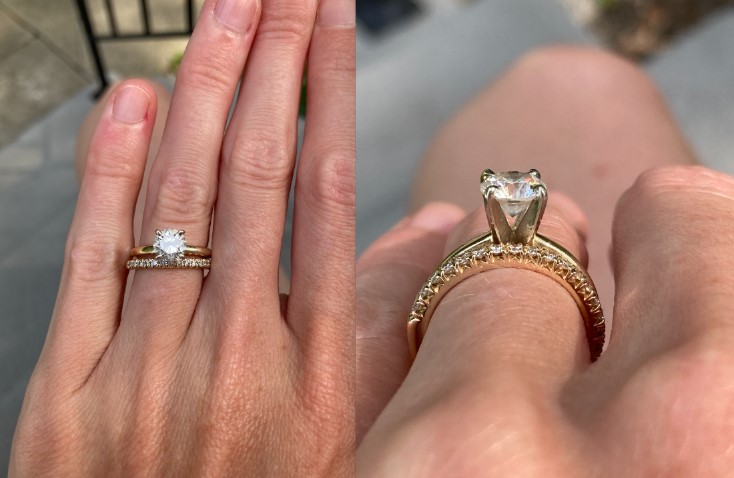
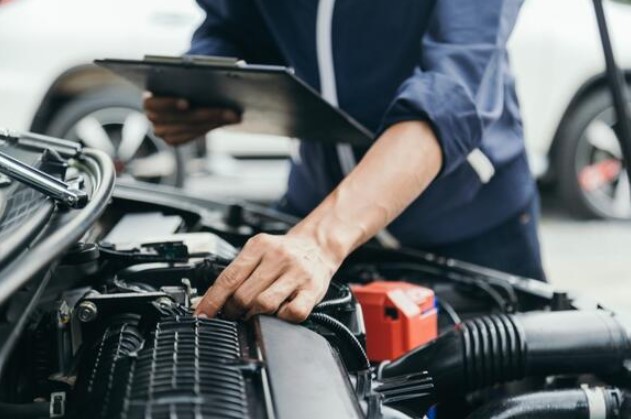
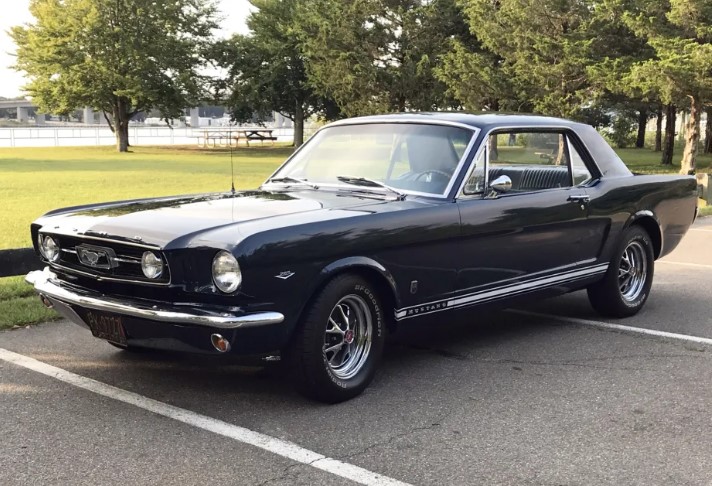

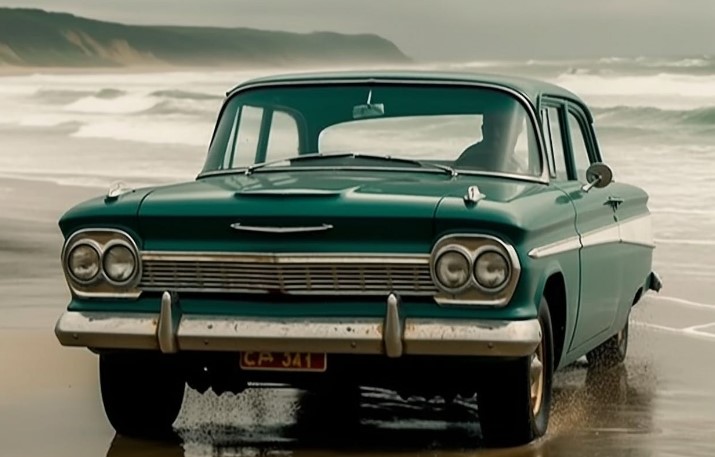
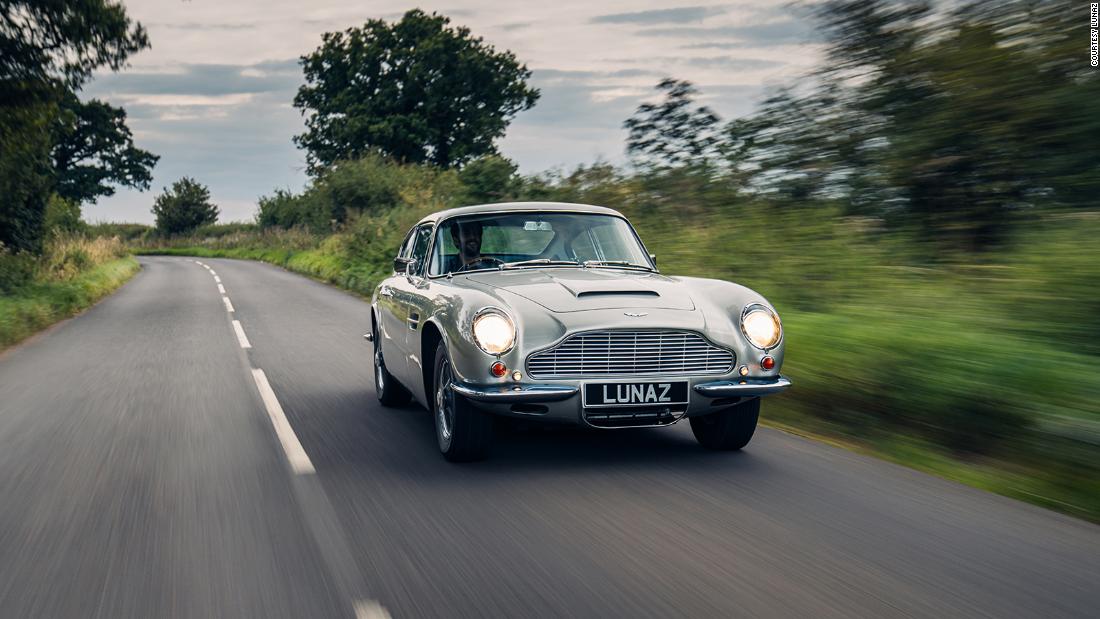
More Stories
Old Mustangs for Sale: Navigating the Allure of a Classic Ride
Vintage Mercedes: Unveiling Timeless Elegance and Engineering Mastery
Hemmings Classic Cars: Timeless Beauty on Four Wheels